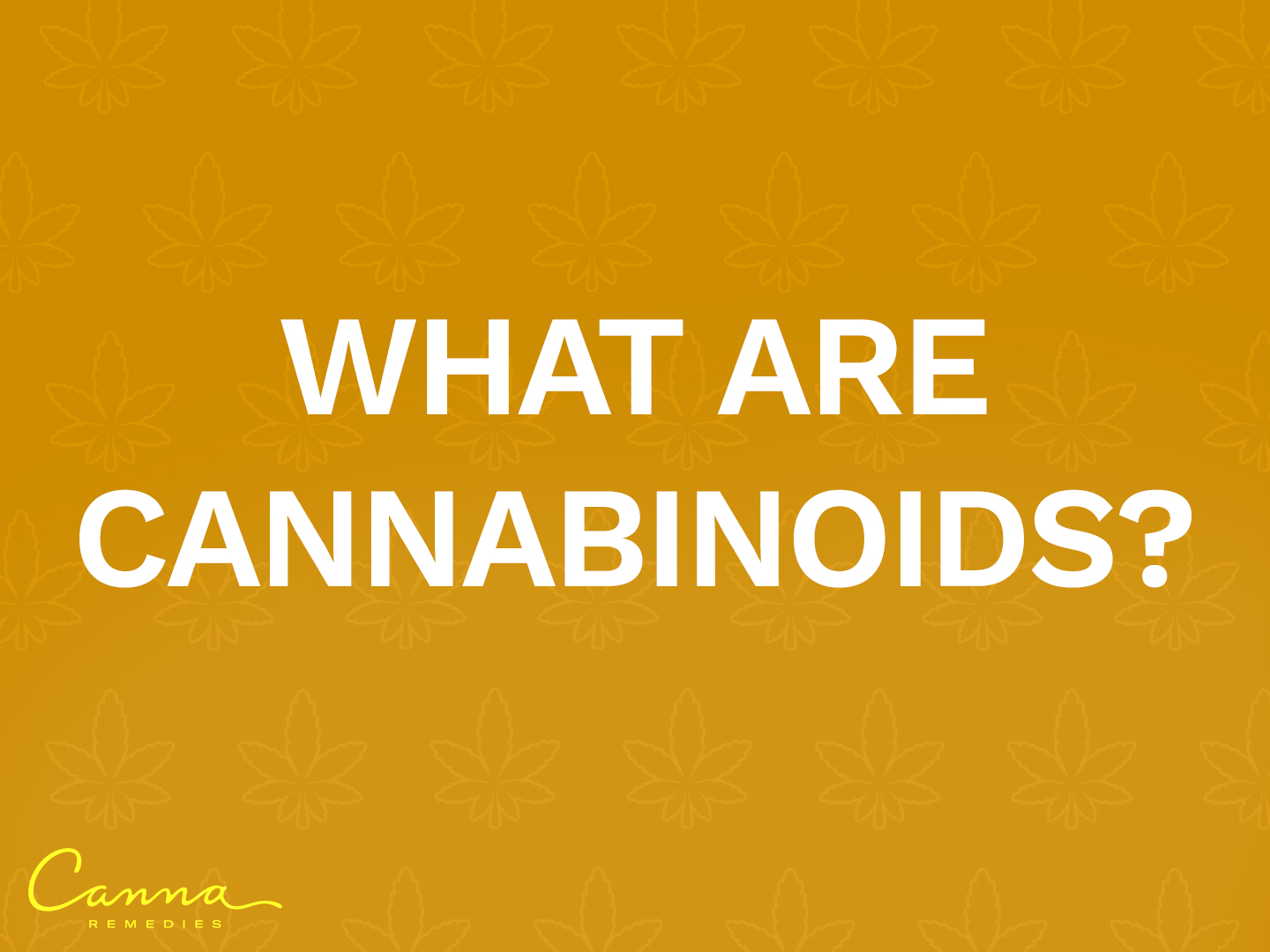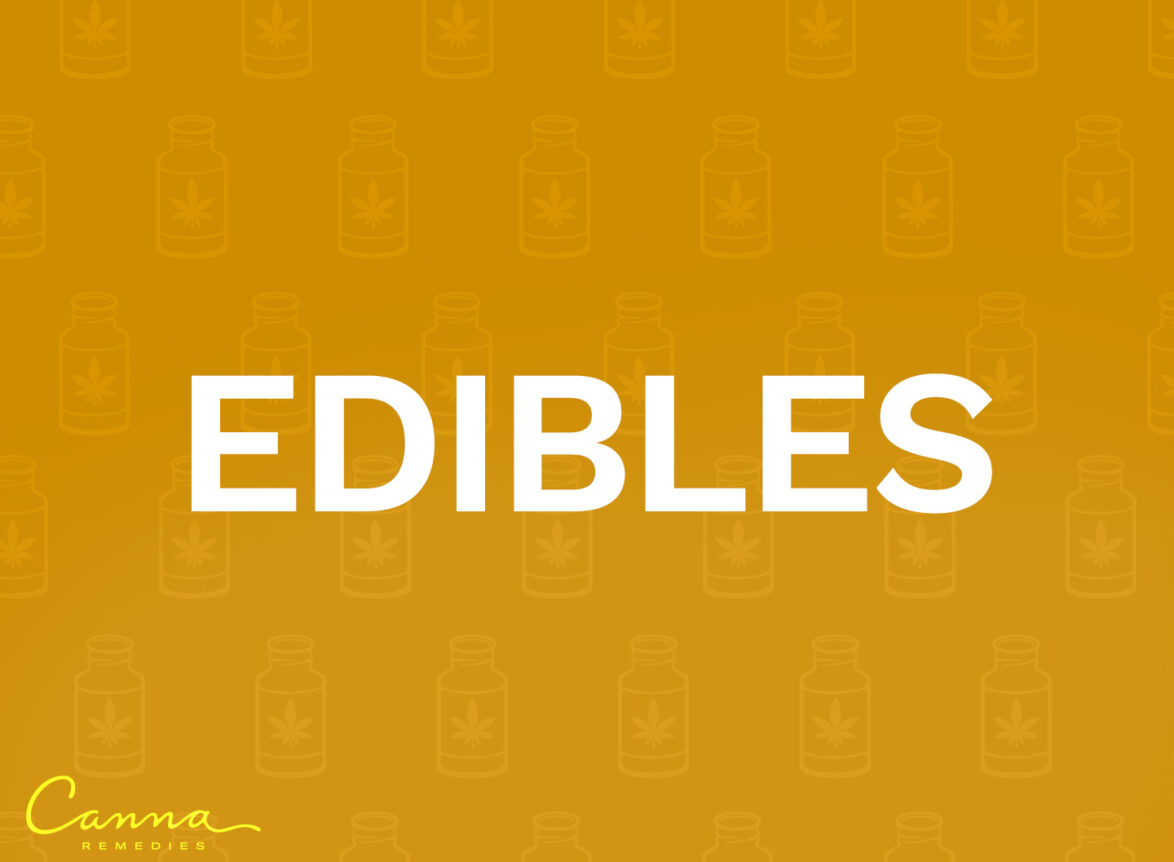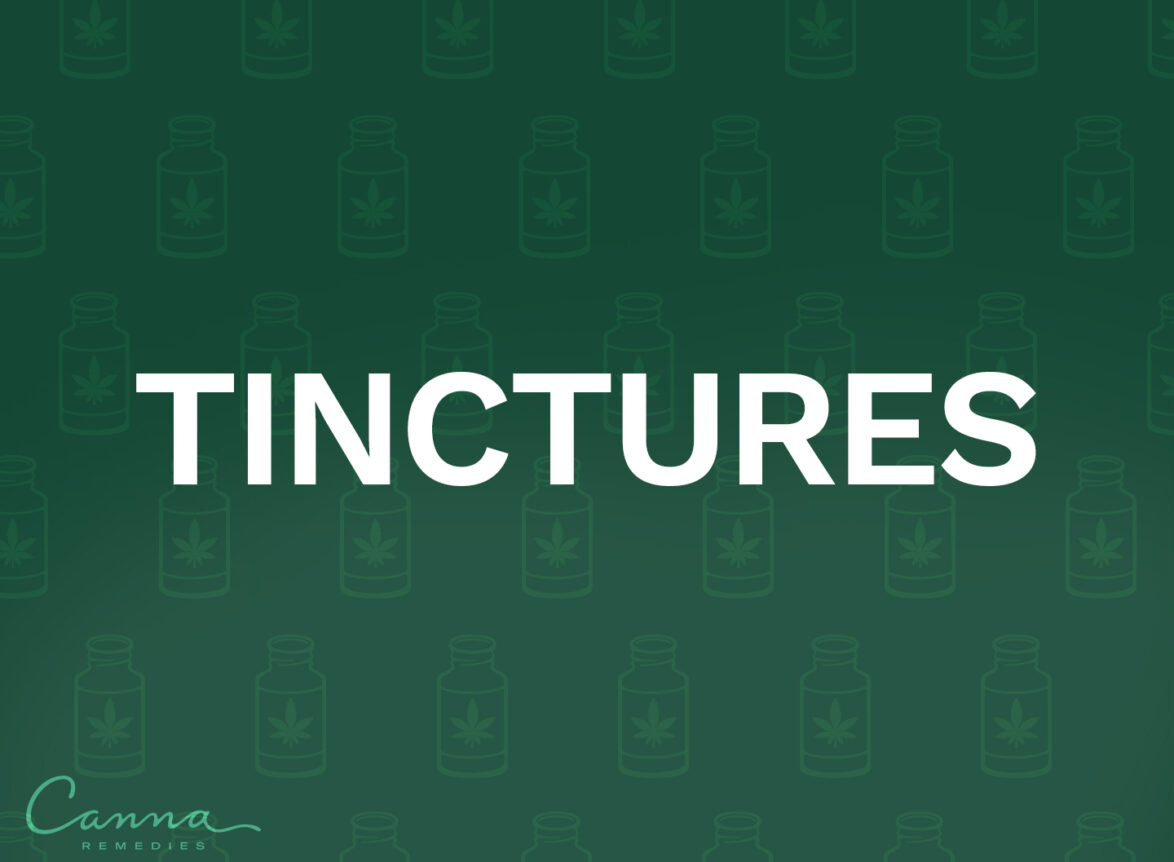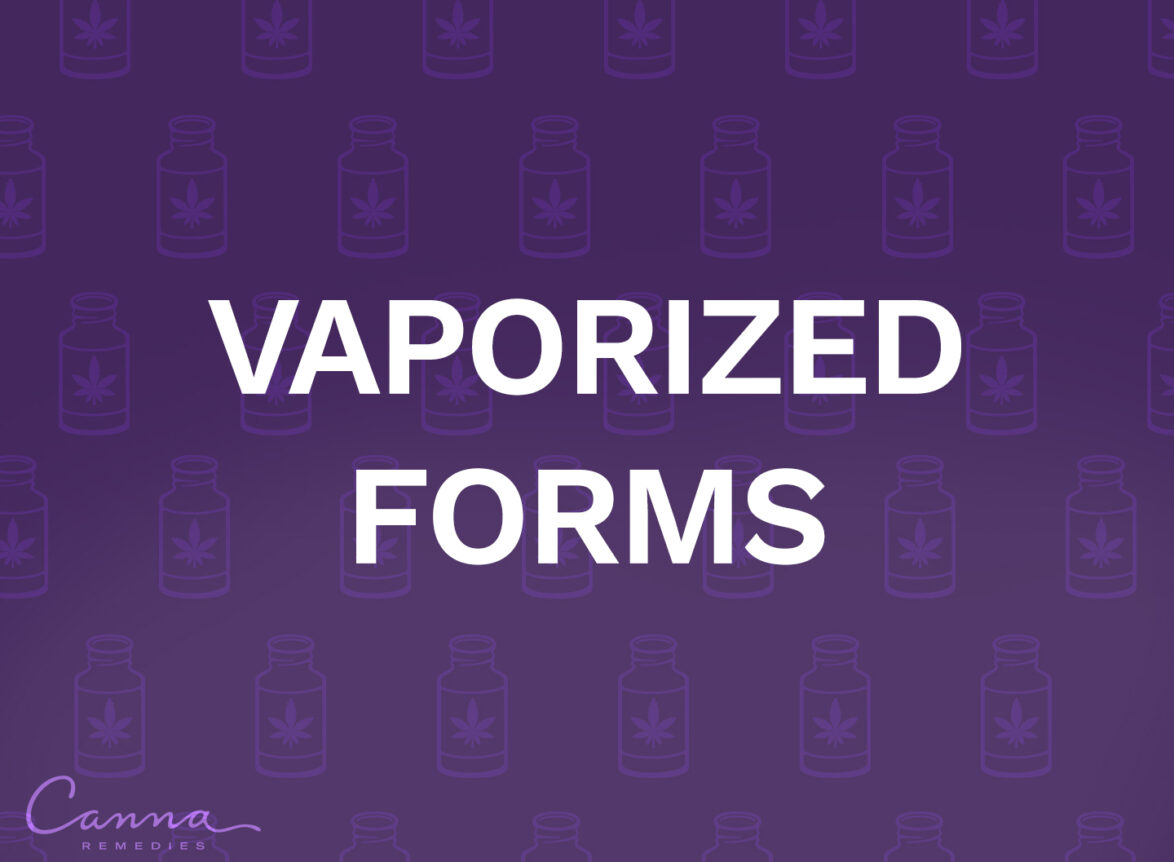Cannabinoids are chemical compounds that interact with cannabinoid receptors. These receptors are present in various tissues and cells throughout the human body. When a cannabinoid meets a receptor, it can cause an effect to occur within the cell. It’s helpful to think of it as a key fitting into a lock. The locked door (cannabinoid receptor) will not open until a particular key (cannabinoid) is inserted and turned in the lock.
Types of Cannabinoids
Endocannabinoids: Made by the human body.
Phytocannabinoids: Naturally found in the cannabis plant and some other plants.
Synthetic Cannabinoids: Man-made compounds created in a lab to mimic endocannabinoids.
There are over 124 different cannabinoids in cannabis, each with its own unique effects.
Common Cannabinoids
THC (delta 9 – Tetrahydrocannabinol)
- Well-known for its euphoric or psychoactive effects.
- Medicinally reduces pain, nausea, and stress.
- Can stimulate appetite and help with sleep issues.
CBD (Cannabidiol)
- Non-psychoactive and renowned for reducing symptoms in seizure and spasm disorders such as epilepsy or multiple sclerosis.
- Reduces inflammation and pain, producing a calming effect.
- Often recommended for clarity without the “high” feeling and to counteract THC’s effects.
CBG (Cannabigerol)
- Considered the “Precursor Cannabinoid” because CBG converts to other cannabinoids as the plant matures.
- Non-psychoactive and acts as a buffer to THC’s psychoactivity, which helps to reduce paranoia that is sometimes caused by higher levels of THC.
- Reduces inflammation, pain, nausea, and intraocular eye pressure.
CBN (Cannabinol)
- Mildly psychoactive and derived from THC-A.
- Sedative properties, aids in pain and inflammation reduction.
- Reduces intraocular eye pressure and seizure frequency.
CBC (Cannabichromene)
- Non-psychoactive, supports neurogenesis (developing brain cells).
- Reduces inflammation, especially when combined with other cannabinoids.
THCV (Tetrahydrocannabivarin)
- Psychoactive, found in cannabis sativa strains.
- Produces a motivated, alert, and energizing feeling.
- Neuroprotective properties, reduces stress, anxiety, and appetite suppression.
Why the ‘A’ After Certain Cannabinoids?
The cannabis plant initially produces cannabinoids as carboxylic acids, so sometimes you will see THC-A, CBD-A or THCV-A on product labels for cannabis flower or live manufactured products. Exposure to heat and light (decarboxylation) activates them, allowing them to attach to receptors in the body and create the intended effects.







